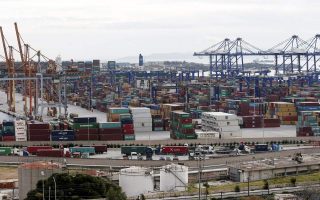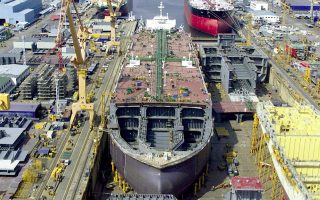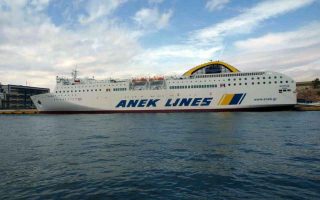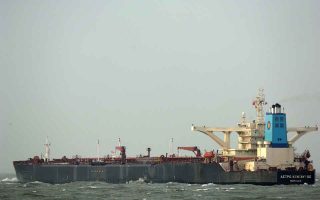Demand for dry-bulkers on the risse
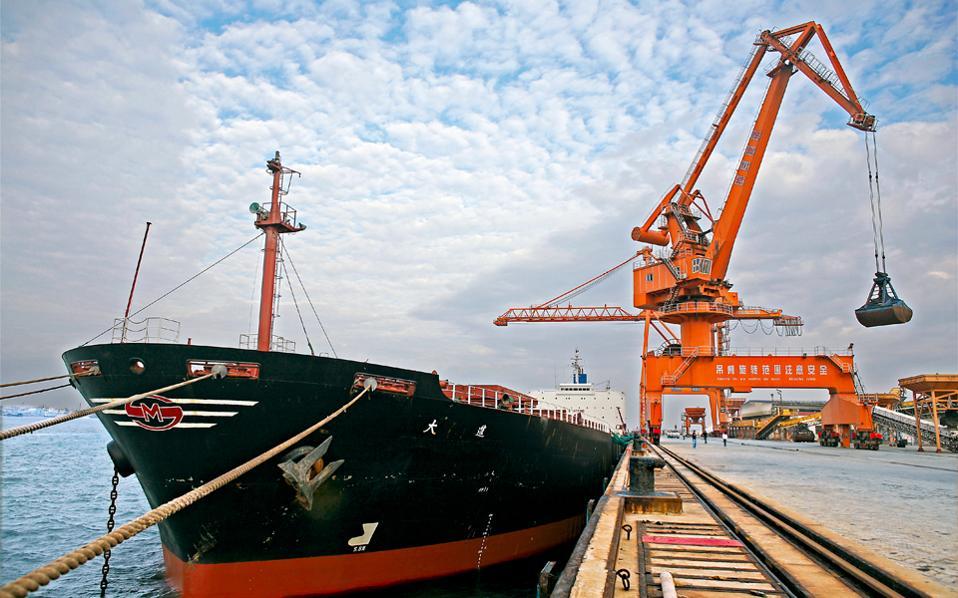
The rise of the Baltic Dry Index on Monday reflects a growing consensus among analysts and investors that dry-bulk cargo shipping is on solid ground.
On Monday, the index was at 1.260 points – up 33 percent since the beginning of the year, and 84 percent over the last 12 months.
This means that the value of cargo ships has increased 30 percent on average since the end of 2016, while the daily income of large vessels has increased at a dramatic rate in the last few weeks. On certain routes, such as that linking South Africa (Richards Bay) to the Netherlands (Rotterdam), revenues have risen by as much as 500 percent.
The upward trend is driven by large ships (Capesize) and the increased demand for iron ore and other cargo from China.
According to Hartland Shipping Services Ltd, the Capesize index, one of the sub-indices from which the Baltic Dry Index is compiled, has increased by 176 percent since July 10, from 730 to 2,013 points, meaning that a five-year charter carries daily revenues of 16,261, compared to 6,305 dollars in the recent low cycle. However, the recovery of cargo is based not solely on the demand side but on the supply side as well.
After a long period of abstinence from new shipyard orders, the global Capesize fleet is expected to increase this year by only 3 percent in terms of tonnage, while the demand for iron ore and coal transfers is expected to increase by 5.5 percent and 2.8 percent respectively.
